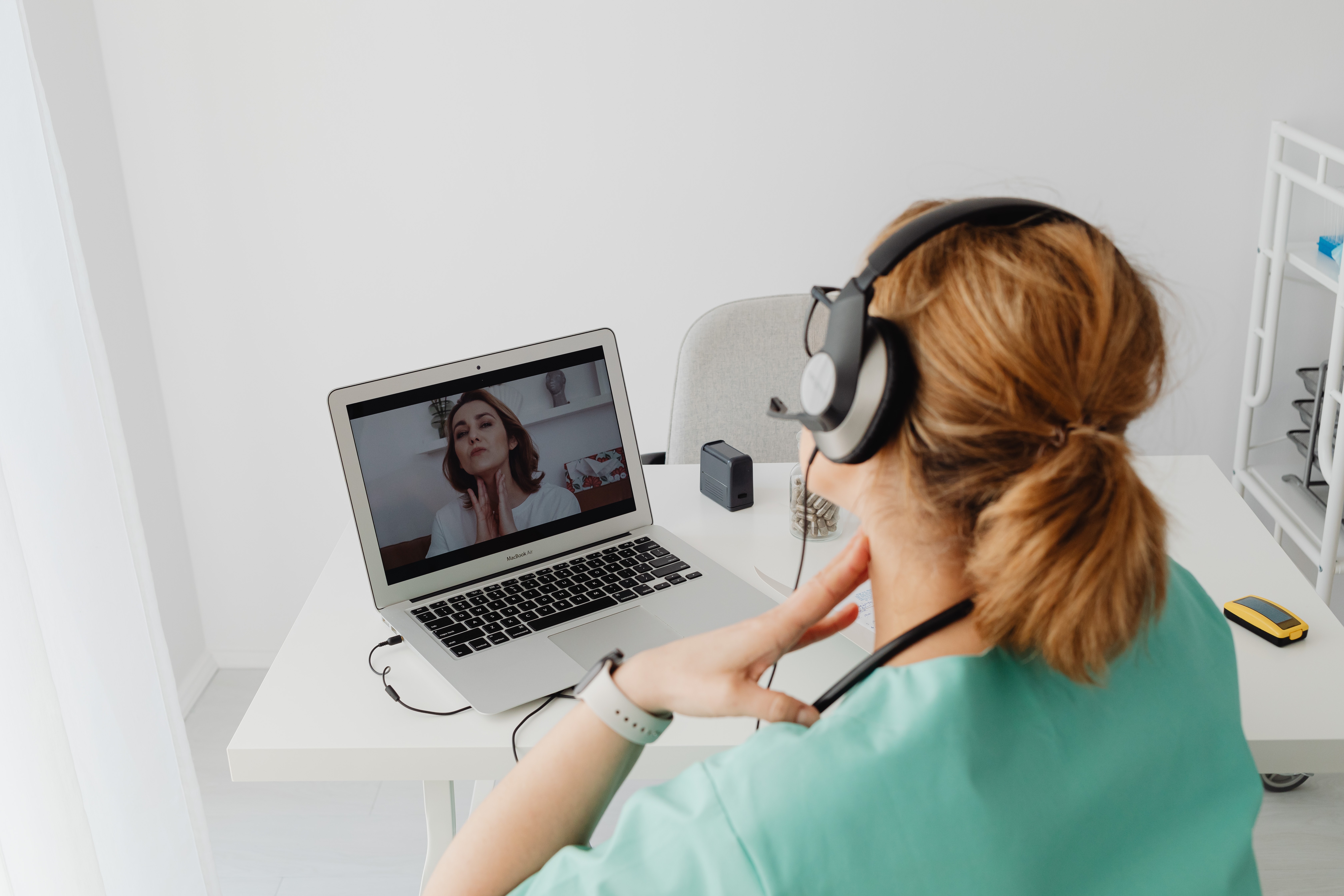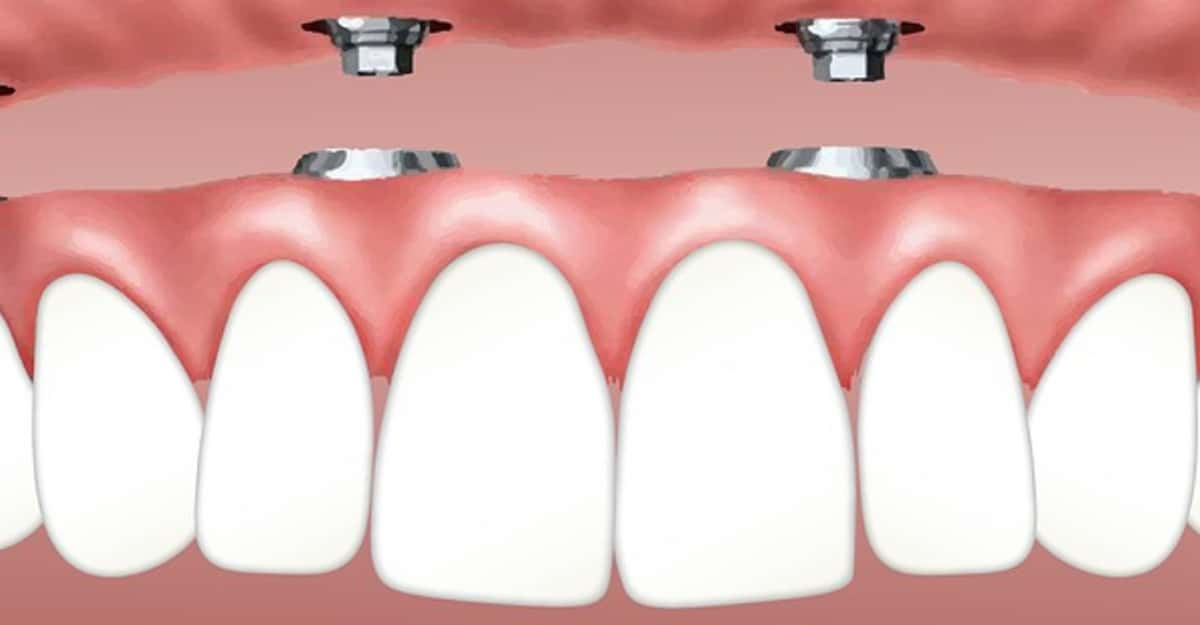The Rising Costs of Healthcare in America

In recent years, the U.S. has witnessed a steady surge in healthcare costs.
According to data from the Centers for Medicare & Medicaid Services, healthcare expenditures in America rose by 4.6% in 2019, reaching a staggering $3.8 trillion or about $11,582 per person.
This upward trend is attributed to various factors including high administrative costs, expensive medical procedures, and prescription drug prices, making healthcare affordability a pressing concern for many American households.
Americans can cut these costs significantly by changing the way they approach healthcare.
What is Telemedicine?
Telemedicine refers to the use of telecommunication and information technologies to provide clinical healthcare from a distance.
It eliminates the need for patients to travel to a doctor's office, making healthcare more accessible, especially for those in remote areas.
The Financial Impact of Telemedicine on the Average American
For the average American, telemedicine translates to significant savings in both direct and indirect ways.
Directly, the costs of telehealth consultations are often lower than traditional in-person visits. A study by the Alliance for Connected Care concluded that telehealth visits have an average estimated cost of $50, compared to $176 for in-person acute care visits.
This means substantial out-of-pocket savings for those without comprehensive insurance or those with high deductibles.
Indirectly, the savings accumulate from reduced travel expenses, less time taken off work, and fewer ancillary costs like childcare during medical appointments.
Over time, these savings can be considerable, making telemedicine not just a convenient, but also a cost-effective alternative for many.
Benefits of Telemedicine
Cost Savings: Telemedicine can reduce the cost of healthcare by cutting down on travel, missed workdays, and reducing or eliminating the need for in-person visits.
Accessibility: For patients in rural or underserved areas, telemedicine provides an avenue to medical services that otherwise might not be available.
Convenience: Patients can access medical expertise quickly, without waiting for an in-person appointment.
Reduced Transmission: Especially relevant in times of contagious diseases, telemedicine limits the exposure of health professionals and patients to potential disease transmission.
How to Use Telemedicine
Most telemedicine platforms require patients to sign up and create a profile.
Once registered, patients can book appointments, have video consultations, receive prescriptions, and get medical advice from qualified healthcare professionals.
Statistics on Telemedicine Usage in America
As of the last few years, over 76% of U.S. hospitals connect with patients and consulting practitioners at a distance through the use of video and other technology.
States with large rural populations like Alaska and Arkansas have a higher utilization rate of telemedicine.
Moreover, more than half of all U.S. hospitals now use some form of telemedicine.
Devices Used for Telemedicine
Smartphones and Tablets: Many telemedicine platforms have dedicated apps for mobile devices.
Desktops and Laptops: These offer a larger screen, making it easier for healthcare professionals to assess patients during video calls.
Specialized Telehealth Equipment: These can include connected stethoscopes, otoscopes, and high-resolution cameras.
History of Telehealth
The concept of telehealth began in the early 20th century with the invention of the telephone. Doctors started offering advice over the phone, which paved the way for more advanced technology.
By the 1960s, a few hospitals and university medical centers began experimenting with telemedicine to share audio and images via telephone.
Today, advancements in technology have made telehealth services more accessible and prevalent.
The Growing Demand for Telemedicine
Several factors are pushing the demand for telemedicine. These include the growing number of tech-savvy individuals, an aging population requiring more medical care, and the necessity of social distancing due to global pandemics.
Furthermore, the reduced cost associated with telehealth visits compared to traditional in-person visits is a significant driver for many.
Affordability & Accessibility of Telemedicine
As healthcare costs continue to rise, telemedicine offers a solution that not only makes medical care more accessible but also more affordable.
It's an avenue that benefits both patients and healthcare professionals by breaking down geographical barriers, reducing overhead costs, and enhancing the overall efficiency of the healthcare system.
By understanding and utilizing telemedicine, individuals can take a proactive step in managing their health and financial well-being.
















